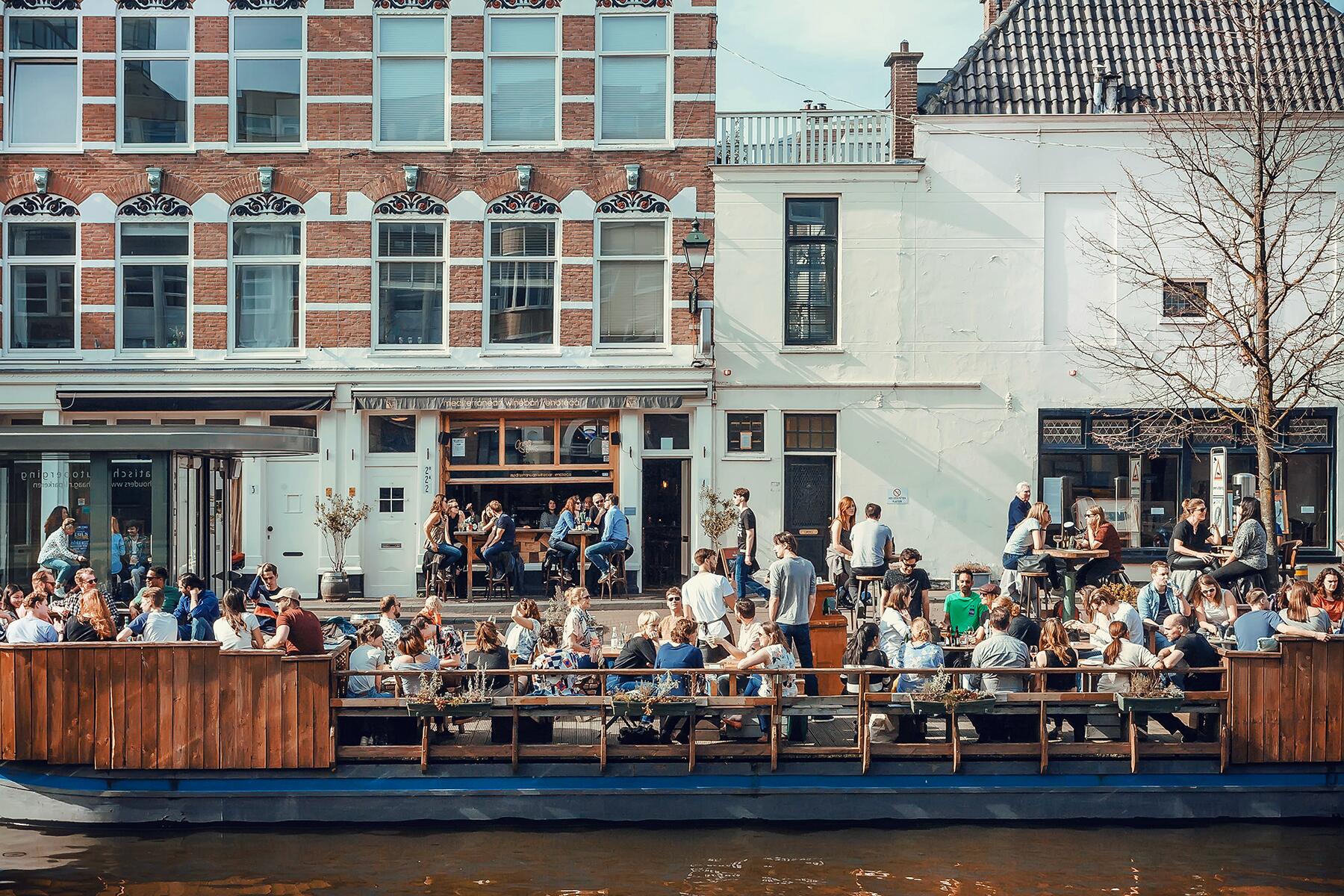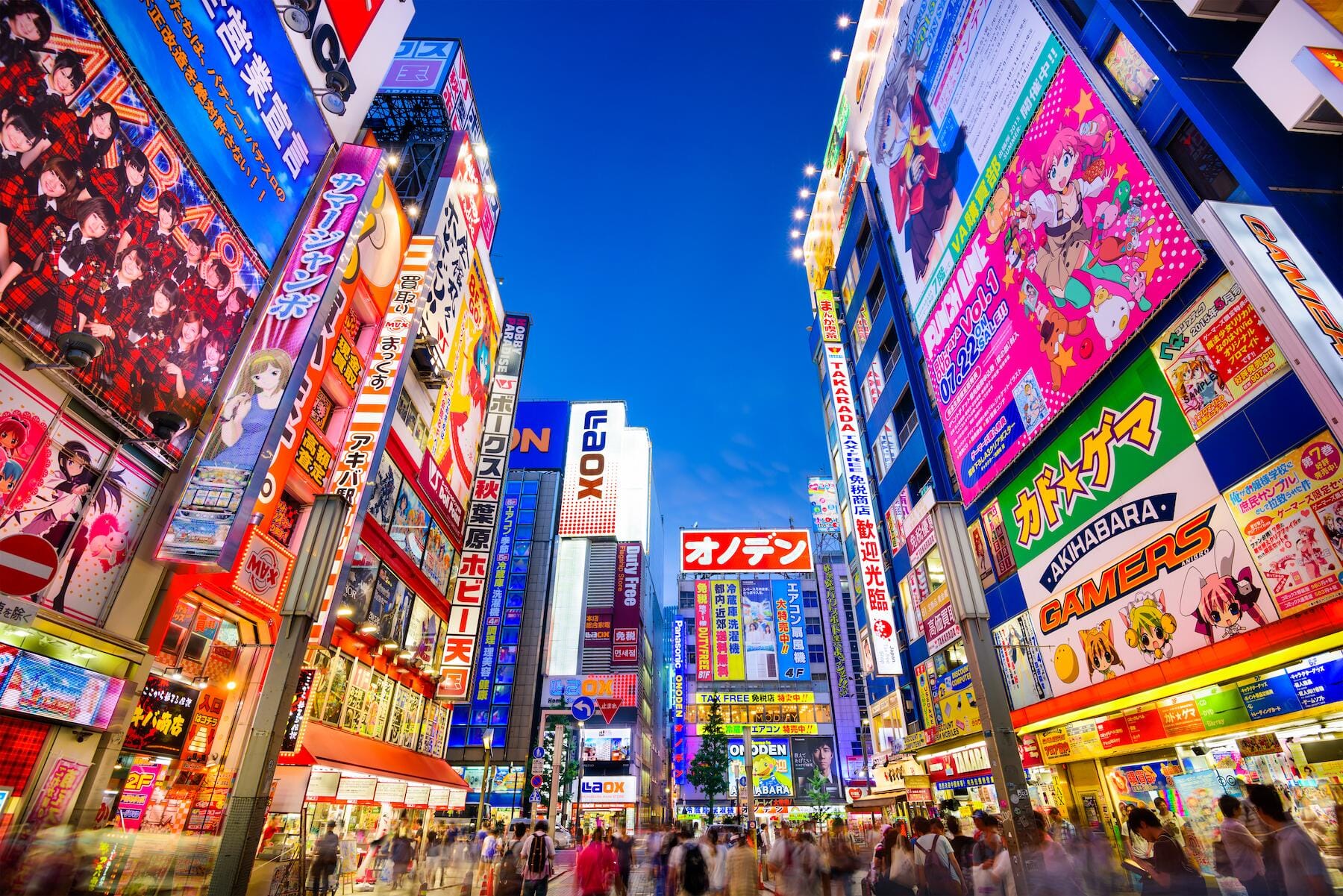As floodwaters rise in cities around the globe, Tokyo’s underground flood defense system could be the answer to avoiding catastrophic events.
Tokyo is a city where the modern blends with the ancient. It is also a city that is no stranger to natural disasters. One could even say that the city is far more prepared than most for the onslaught of mother nature. Even since the Japanese capital changed its name to “Tokyo” from its previous incarnation as “Edo” in 1868, the city has faced huge earthquakes, devastating fires, powerful typhoons, and of course, floods.
Tokyo’s residents are a hardy and innovative bunch who have learned from their history and are now well drilled in disaster prevention. However, recent climate change developments have brought new challenges that have tested their resolve.
It is estimated that globally more than half of the world’s population live in cities, meaning that there are now almost four billion people who must come to terms with the unique risks that climate change poses to our cities. Tokyo has been at the forefront of these cities due to its unique approach to assuaging floods. The city’s government has created a model for a modern solution to the very ancient problem of flooding.
Recommended Fodor’s Video
What first may appear to be nothing more than a simple water pumping station may hold the key to solving the issue of flooding in major city areas. Saitama is Tokyo’s neighboring semi-rural prefecture and primarily acts as a series of nondescript dormitory towns that serve the metropolis. Located there is an unassuming facility called the Ryu Q Kan (also known by its slightly less catchy name: the Metropolitan Outer Area Underground Discharge Channel).
On a group tour of the facility, we visitors are given a rundown of what the Metropolitan Outer Area Underground Discharge Channel is and what it does. This huge underground structure is a series of storage tanks, water channels, and sluice gates that can absorb water from overflowing rivers in the greater Kanto area and safely channel excess water out through a series of channels into Tokyo Bay. We are shown the control room, which has a number of monitors displaying a series of tunnels through which the water flows and floodwaters can be monitored.

What starts off as a fairly ordinary tour of the facility above ground is soon changed when we are taken through a door and down a winding staircase where we can truly take in the Herculean scale of the project. The Tokyo flood defense is an underground behemoth, more like a great amphitheater than what you would expect from an underground waterway. As soon as we witness the monstrous size of the underground facility and are given helpful facts to emphasize its size (its floor space is larger than the Tokyo Dome stadium!), it’s made clear that the function of this engineering marvel is deadly serious business.
Climate change has brought an increase in rainfall and typhoons, which has further exacerbated the danger, but this problem is not unique to Tokyo. Tokyo, like many cities, was built where it is because of the abundance of good farming land and proximity to a bay, which of course increases the danger of flooding. Storms and floods are all increasing in frequency and intensity due to the changing climate of the Earth. Yet Tokyo, the world’s largest metropolis, has escaped relatively unscathed despite seeing heavier than usual rain and a greater number of typhoons than ever before.

This can be traced to the flood defense facility that siphons off the floodwaters before they rise to the level of destruction. But the facility has been increasingly busy. Over the course of the past decade, the Metropolitan Outer Area Underground Discharge Channel has repeatedly been called upon to protect the city from flooding, and the amount of times it has been called into action has increased year over year.
With all of the challenges the world is currently facing, global cities have many different solutions to find and difficulties to grapple with. Cities have grappled with flooding since ancient times. However, the Metropolitan Outer Area Underground Discharge Channel on the far outskirts of Japan’s capital may have found a solution to mitigate flooding on catastrophic levels. Could this cathedral of civil engineering provide the blueprint for how we might protect cities from climate change?



